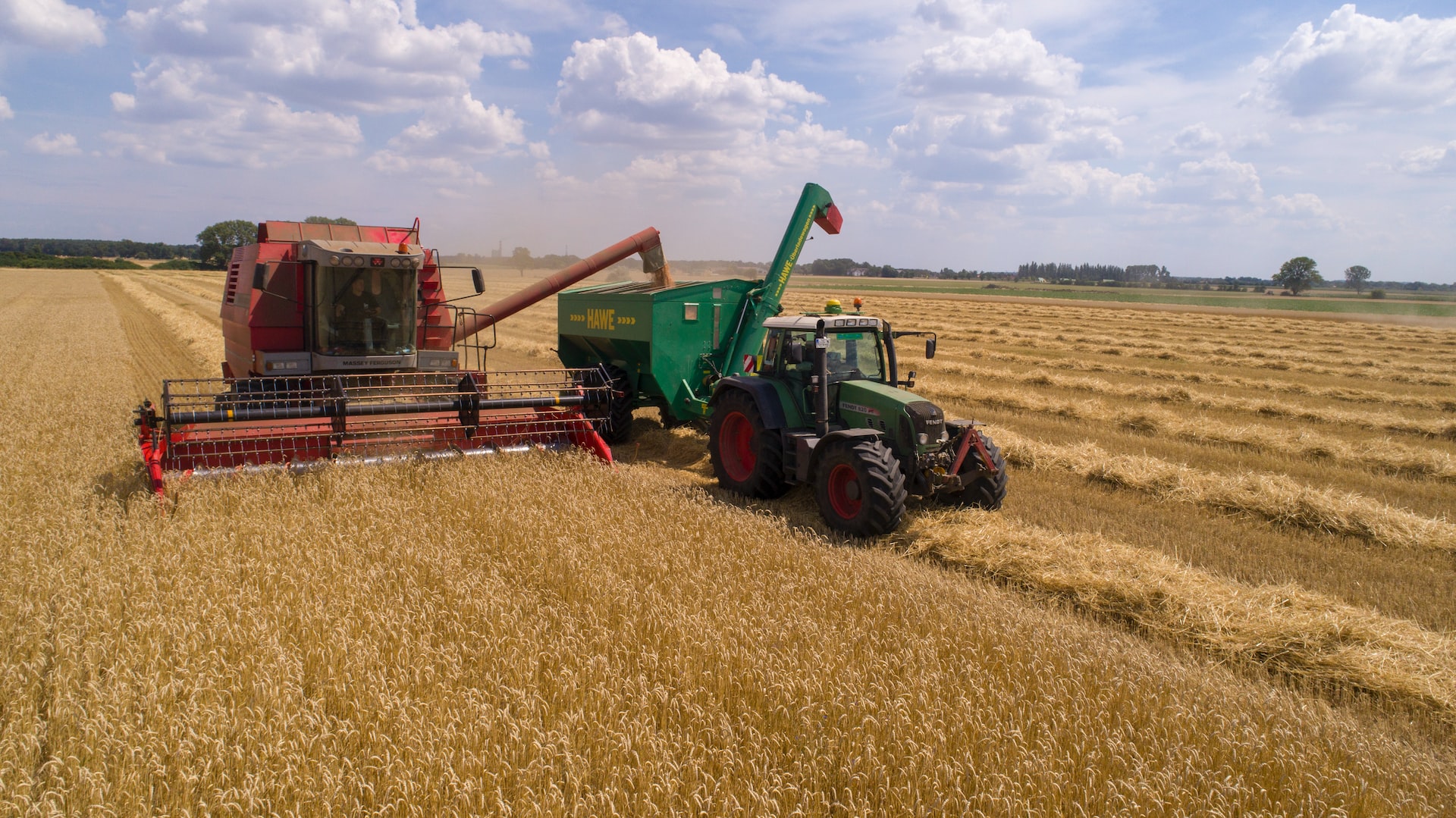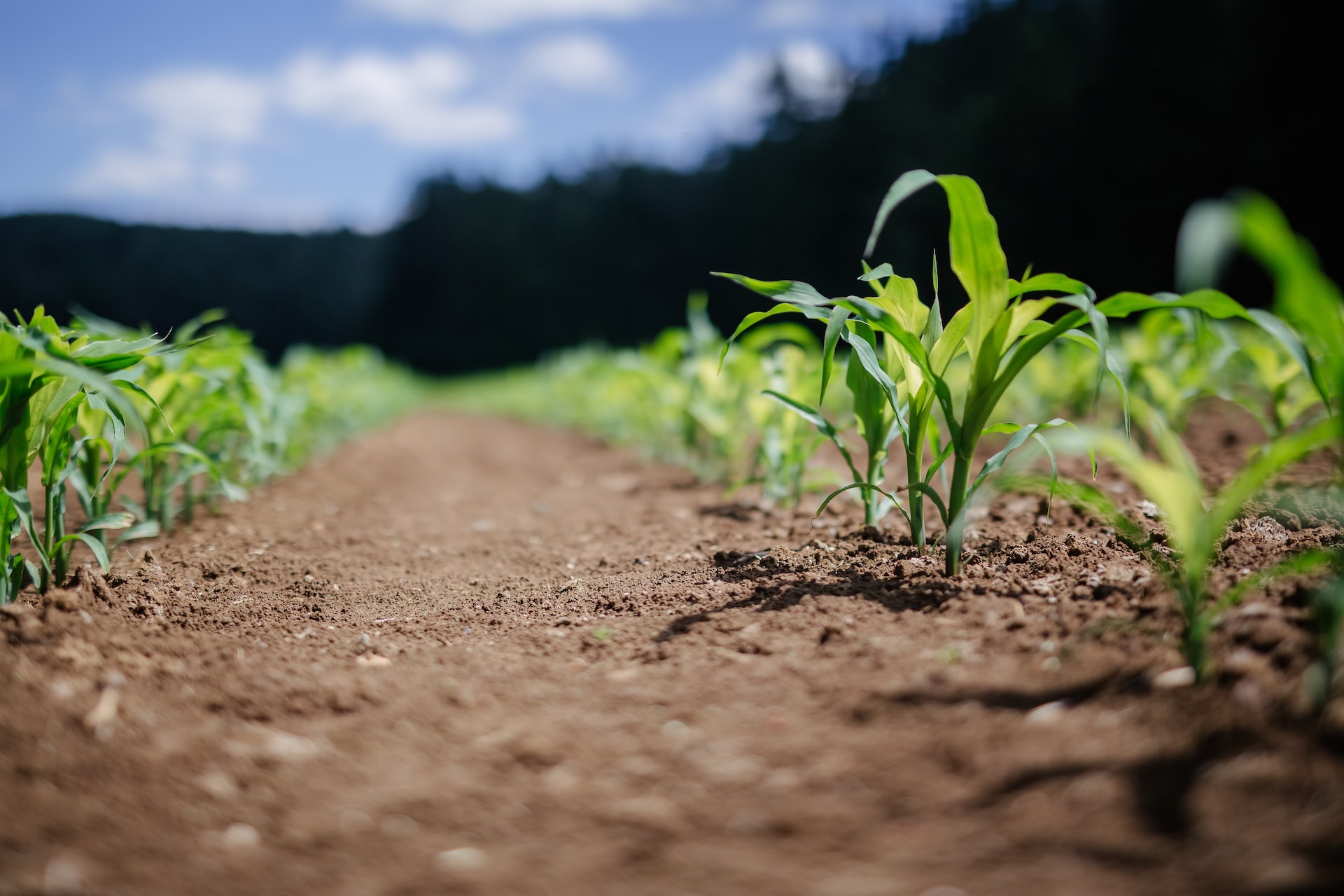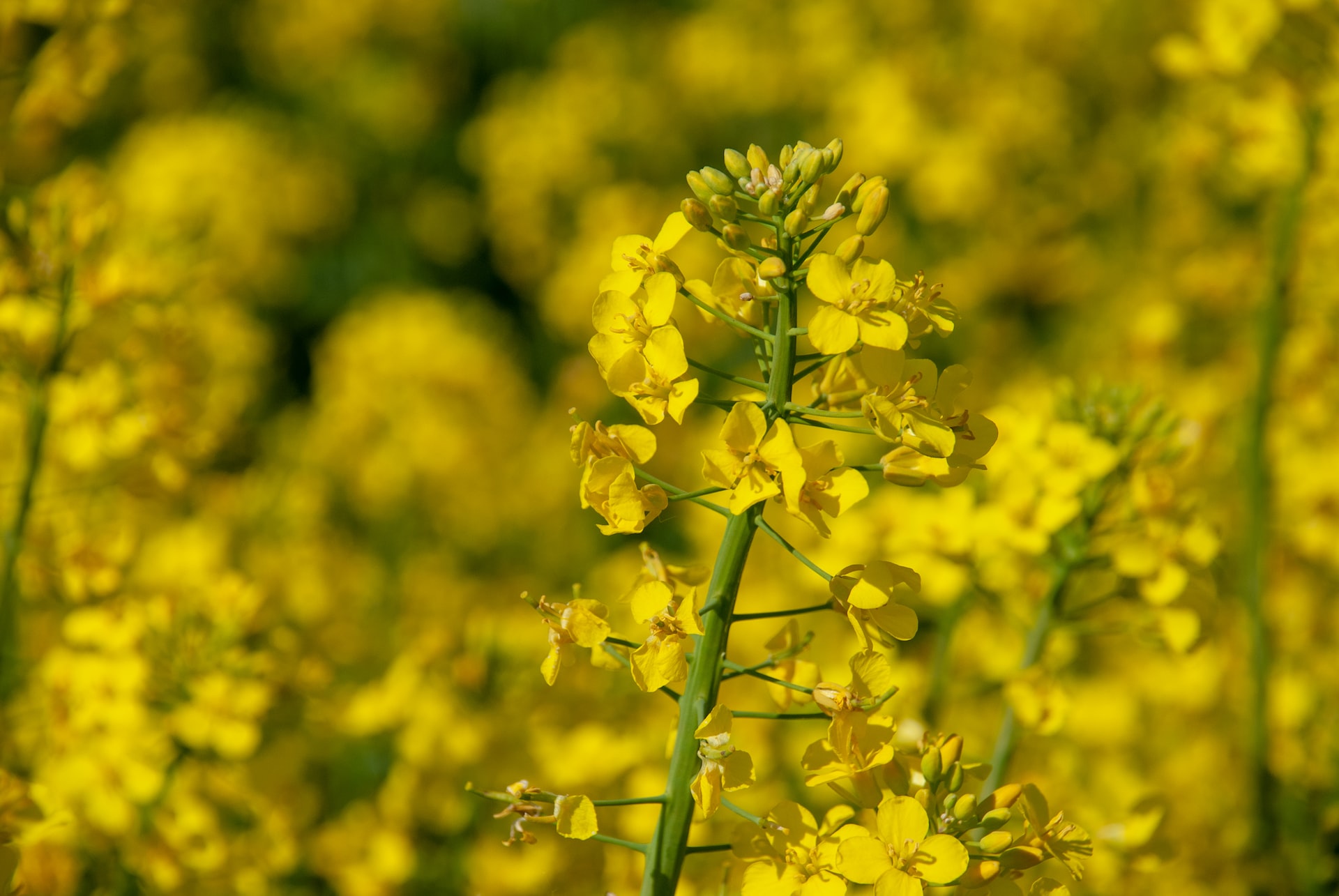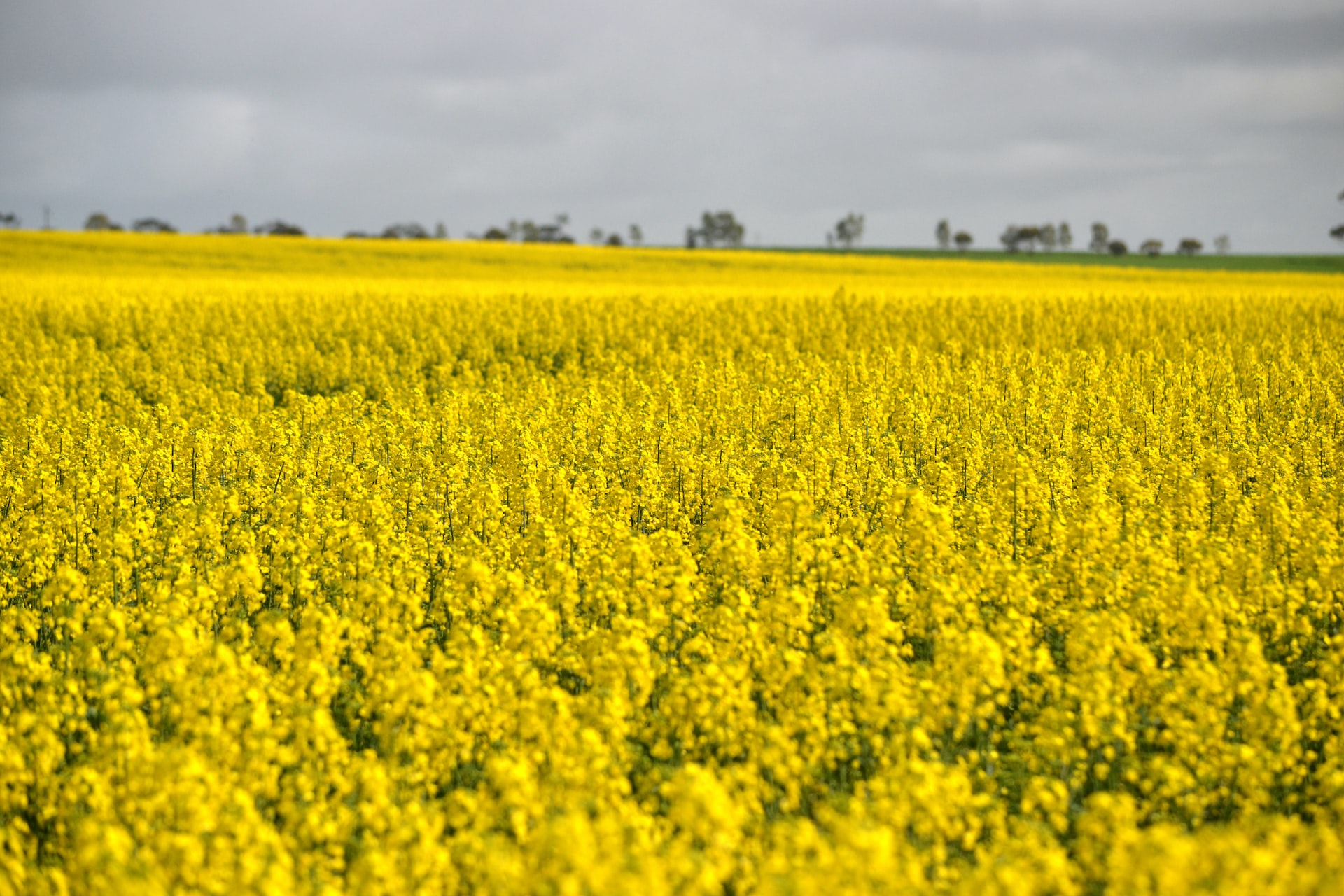WA Market Wrap
By Richard Beck
23rd March, 2023
The 22/23 grain harvest in WA started in late September, with the first canola being delivered to CBH in Geraldton. Impressive yields and weather issues in the south of the state resulted in a very long and drawn-out harvest. This saw a range of high-moisture grades being introduced in the Esperance and Albany port zones.
CBH has now received more than 22.7MT of grain, exceeding the previous record set in 21/22 when 21.3MT was received. Small volumes of grain are still being delivered into CBH from temporary on farm storage in the south of the state.
Wheat protein has been low with high yielding crops, and despite the minimum 9% protein grade ASW9 being introduced, the majority of the WA crop went ASW1. This low protein wheat has been finding demand into stockfeed markets in Southeast Asia where Australia has a freight advantage over other major wheat origins.
Despite CBH achieving record export volumes for the first five months of the shipping year, a significant carry over is still expected when the 23/24 harvest commences late in September this year putting downward pressure on grain unsold.
In conjunction withselling last year’s unsold tonnes, growers are now making decisions on cropping programs for the 23/24 season. High input costs, particularly fertiliser and a dry soil profile in most cases is likely to see a reduction in area sown. Recent pull back in prices for grains, particularly canola, will likely further reduce the area growers plant this year. However, ultimately the timing of the break to the season and amount of rain received will have the greatest impact on the final area sown. The current Bureau of Meteorology forecast for March to June rainfall in WA suggests below average rainfall however they concede the reliability of this forecast is poor.
The outlook for the 23/24 season in eastern Australia is somewhat pessimistic with predictions that the wetter seasons produced by the La Nina patterns in the last three years will be replaced by drier El Nino conditions.
Globally markets appear well supplied with grain and oilseeds. The supply from the Black Sea region will continue to be a major factor in determining grain prices. For the time being at least the market seems to be confident supply from this region will be largely unaffected by the current conflict.
Start your engines for the planting season

It feels like harvest has only just finished and yet preparations are well and truly underway for the upcoming season...
Read MoreHeavy stocks continue to weigh on markets

A long, drawn-out harvest has meant that without much reprieve the focus for most Australian growers has quickly shifted to preparations for the 2023/24 crop...
Read MoreSorghum the shining light of grains market

As we tick over into Autumn this week, all eyes are on the short and long range forecasts. With sowing fast approaching, the focus is squarely on the updates from the Bureau of Meteorology and discussions around subsoil moisture...
Read MorePredictions canola planting area will drop

As February crosses its mid-point, it's fair to say 2023 is absolutely flying. Getting away from the farm and enjoying the festive season has been but a pipe dream for many farmers...
Read MoreChoose a specialty crop to help navigate uncertainty

Looking ahead to another winter crop and the decisions that need to be made regarding seeding decisions sees us surveying the commodity markets and the climate outlook for some direction...
Read More